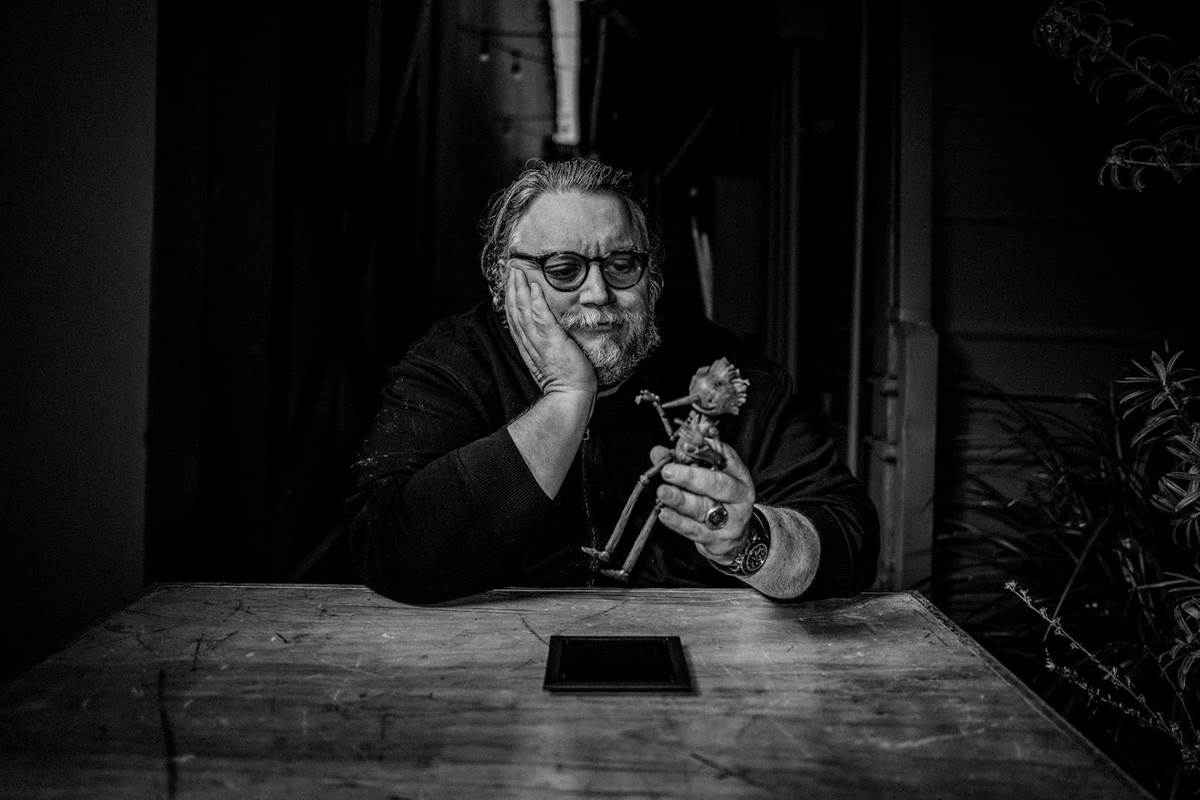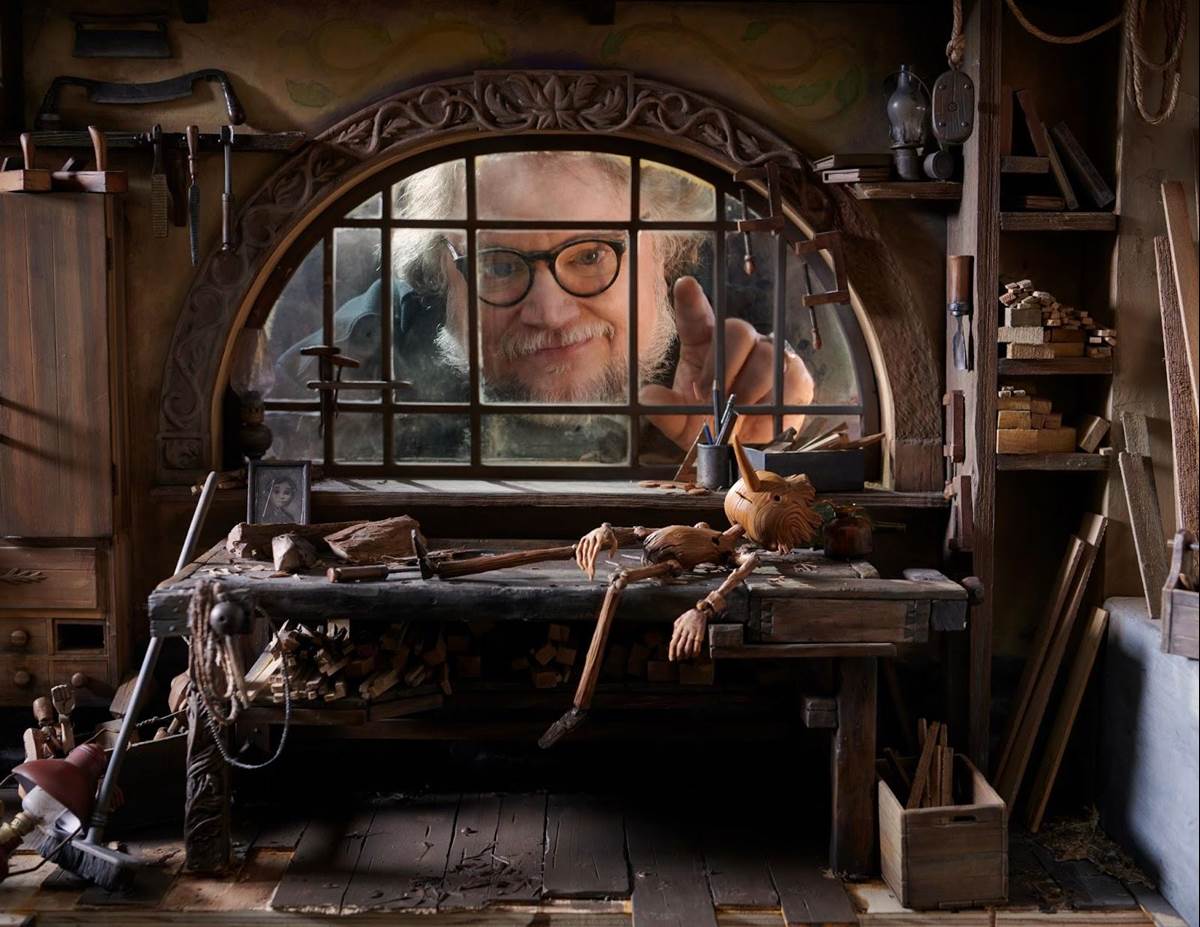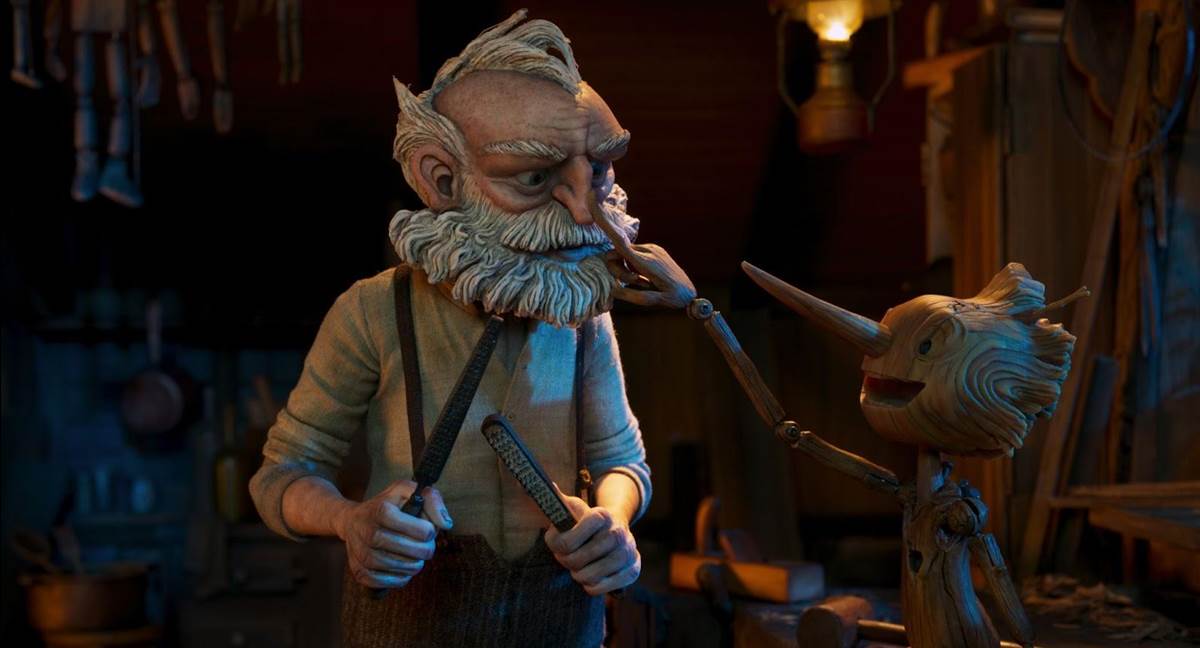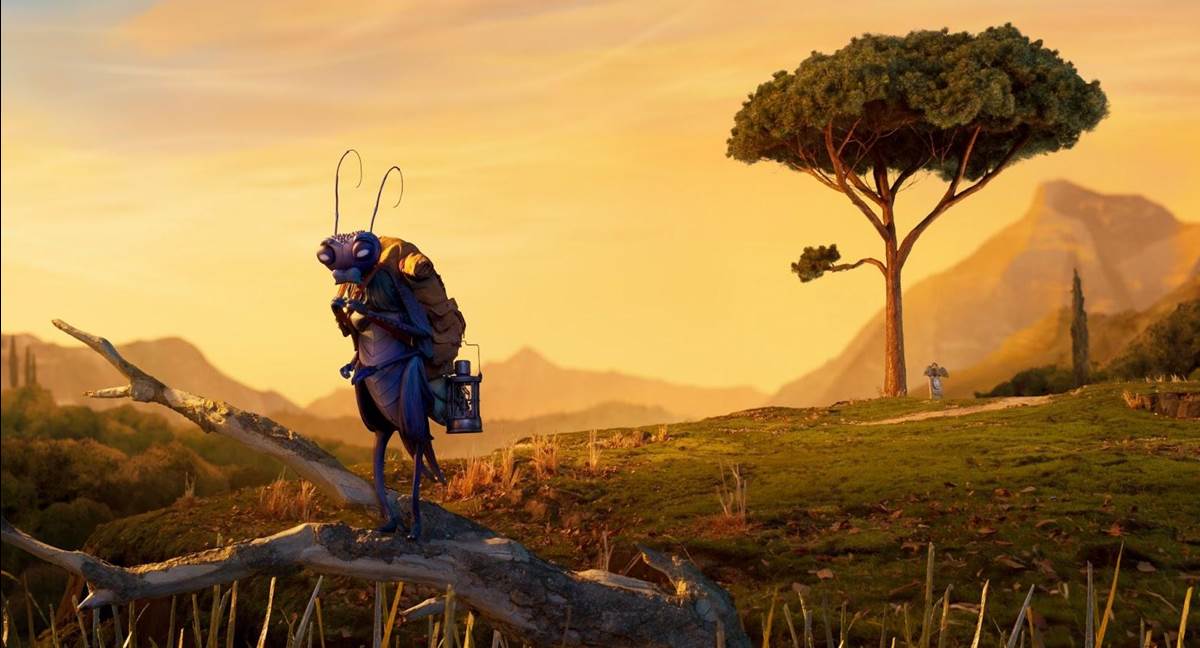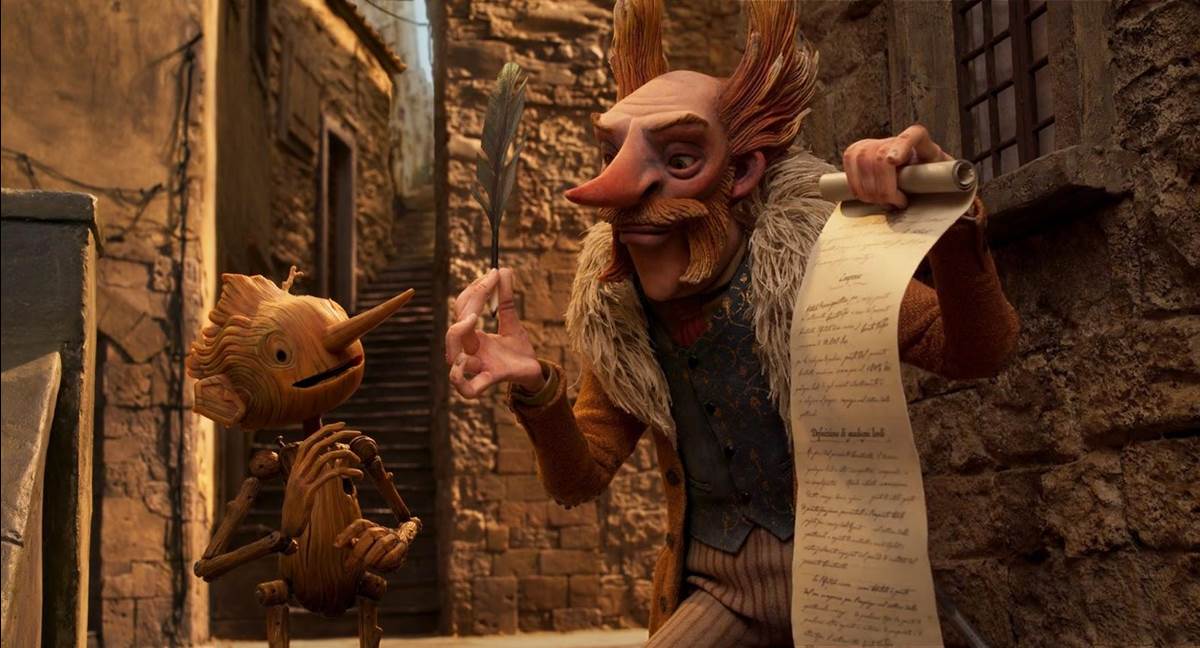A Preview of “Guillermo Del Toro’s Pinocchio” at Animation is Film Festival 2022
For the first time, the Animation is Film Festival extended its programming to a second weekend, with its closing presentation of Guillermo Del Toro’s Pinocchio.
Festival attendees were treated to an advance look at the film, followed by a Q&A with director Guillermo Del Toro and Oscar-winning VFX supervisor, Phil Tippett.

